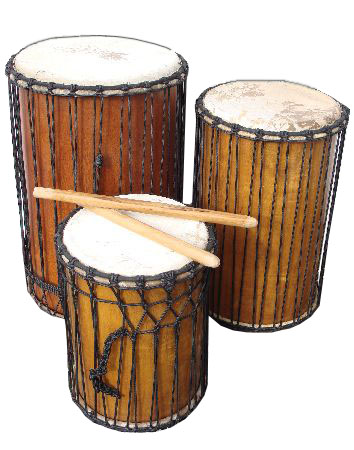"Laughter is the shortest distance between two people."
Victor Borge
Victor Borge
“Humor must not professedly teach and it must not professedly preach,
but it must do both if it would live forever.”
Mark Twain
but it must do both if it would live forever.”
Mark Twain
"Humour is the weapon of unarmed people: it helps people who are oppressed
to smile at the situation that pains them.”
Simon Wiesenthal
to smile at the situation that pains them.”
Simon Wiesenthal
"If you can’t cry you might as well laugh."
My Spouse
My Spouse
 Almost everyone, all over the world, grew up with trickster stories: Myths and folklore about a deity, spirit, human hero or human-like animal who plays pranks or disobeys normal rules and conventional behaviour. Tricksters have many names: Raven, Coyote, Anansi-the-Spider, Eshu-the-Orisha and the Fool.
Almost everyone, all over the world, grew up with trickster stories: Myths and folklore about a deity, spirit, human hero or human-like animal who plays pranks or disobeys normal rules and conventional behaviour. Tricksters have many names: Raven, Coyote, Anansi-the-Spider, Eshu-the-Orisha and the Fool. I've been studying Tarot cards since I was 15 years old and was given a deck as a gift. At Lewis and Clark College, where I earned my Bachelor of Arts degree my senior thesis presentation was on the Tarot. One of my favorite cards is the Fool card. In the 1454 Visconti-Sforza deck that card is portrayed as a destitute vagabond. In the 1465 Mantegna deck the fool is labeled "the miserable". In these early decks the fool is often shown with feathers in the hair, which probably symbolizes a lightness of mind. The tarot fool is the one who is unconcerned with the misery of life, the embarrassment of inadequate clothing and the weight of possessions.
The fool has transformed into the joker in our current card decks and is often depicted as a court jester. In many decks there is a small dog nipping at the fool's heels, which traditionally represented the rule-enforcement driving the "otherness" of the fool away from polite society. The wild energy of the trickster creates little ‘air-pockets’ in which rules can be bent, maybe even broken, and in which we can let our sense of self breathe a little differently. In doing so, we energize the world.
The child is often the sacred clown. When I learned West African Drumming I learned the three bass drums. They are referred to as the Songba or Mama drum that keeps everyone on time, the Djun Djun or Grandfather drum that occasionally jumps in with something interesting or wise to say, and the Kenkeni or Baby drum who creates a rhythm that skips joyfully across the other rhythms, and is what actually makes the whole thing interesting! When I play those rhythms it tickles my brain and soul and stretches my ability to hear and feel.
 Perhaps the quiet challenge now is to invest aspects of our lives with the fluid thinking of the trickster figure, the baby drum, the child, or the sacred clown.
Perhaps the quiet challenge now is to invest aspects of our lives with the fluid thinking of the trickster figure, the baby drum, the child, or the sacred clown.Vicki Noble, in her book "Motherpeace," describes the fool card as "Trusting one's elf." It can be read as trusting "oneself" or as trusting "one's elf." The fool can hold multiple meanings at once!
In the Tarot deck, the number of the Fool card is zero. It is usually a picture of a young person, with a small pack on their back, eyes on the open space before them, about to step off a cliff.
In a Tarot reading, the Fool invites us to consider foolish, impetuous aspects, to boldly travel on the journey of life, our own fool’s journey. The fool embodies our confrontation with the big questions that we must face in our lives.
 |
| Tarot of the Cloisters - Fool Card |
It is scary taking a new road, it is scary flipping our perceptions upside down, and it is scary to admit that we don’t really have it all together. In the Harry Potter movies Harry and his friends learned a spell to deal with something scary. The spell’s name is “Riddikulus”. For instance a boy who is afraid of spiders imagines the spider trying to balance on roller skates. It’s a “trick” that results in bravery.
The fool can make us brave, the fool can trick us into seeing new perspectives, the fool can open our minds... even open our minds to the answers we seek.
And that feeling of your mind opening? That is magic!
------------------
Interested in a Tarot Card Reading? http://www.northstartarot.info/

Hi Anonymous, I'm not sure WHICH information you are wondering about sources on... The interpretations are from the 30+ tarot deck interpretation books I have. The history is from actual pictures of ancient decks and books on the history of the Tarot (I did most of my research before google LOL). The information on West African Djun drums is from several expat. African (Ghana, Guinea, Nigeria, Senegal, etc.) with whom I've studied. Hope this helps. And I'm glad what I wrote affected your mission in a good way! Blessings, Amy
ReplyDelete